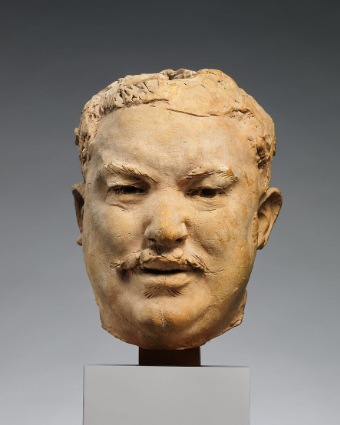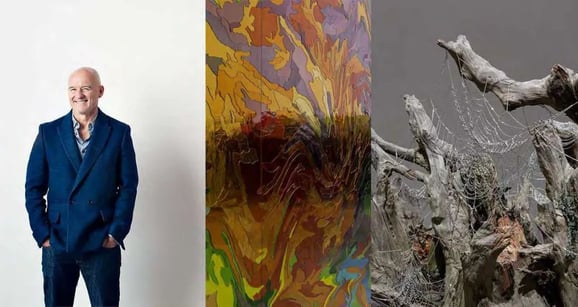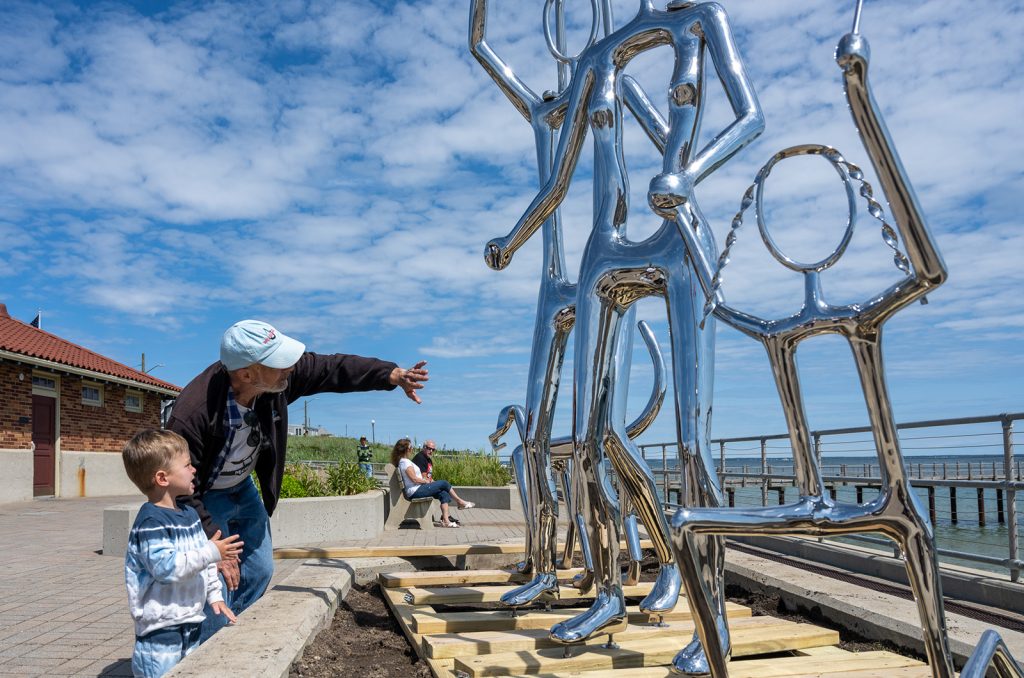Capturing Genius: Rodin’s Vision of Honoré de Balzac
Auguste Rodin’s sculpture of Honoré de Balzac is a compelling intersection of literary genius and artistic expression. This work not only highlights Rodin’s exceptional talent but also pays homage to one of France’s most significant novelists. Through this article, we’ll explore the monumental sculpture and the relationship between these two iconic figures.
The Artist’s Challenge: Portraying a Literary Giant
Rodin’s decision to sculpt Balzac was met with skepticism. Many believed that a mere physical representation couldn’t do justice to the literary brilliance of the author of “Eugénie Grandet.” Nonetheless, Rodin embraced this challenge, aiming to capture Balzac’s essence rather than just his likeness. The result was a figure that exudes the spirit of Balzac’s fervent dedication to literature, embodying his scholarly demeanor and passionate nature through posture and expression.
A Monumental Tribute: The Creation Process
The creation of Rodin’s Balzac was a lengthy and arduous process. Initially commissioned in 1891 as a monument for the Société des Gens de Lettres, the project was fraught with difficulties. Rodin was deeply invested in the piece, often considering how to reflect Balzac’s indomitable spirit in the work’s form. After years of labor and experimentation, Rodin finally presented the colossal statue in 1898. Despite facing criticism for its unconventional interpretation, it remains a landmark work that encapsulates the profound bond between art and literature.
Cultural Impact: Balzac’s Legacy in Sculpture
Rodin’s Balzac has significantly influenced how we view the relationship between literary figures and visual art. The sculpture stands as a testament to the enduring legacy of Balzac, whose works continue to resonate with readers today. By capturing the essence of Balzac in concrete form, Rodin invited viewers to appreciate the emotional and intellectual weight of the novelist’s contributions. This sculpture also opened doors for future artistic interpretations of literary figures, establishing a precedent in both monument design and artistic homage.
In conclusion, Rodin’s sculpture of Honoré de Balzac is more than a mere artistic endeavor; it is a heartfelt tribute that invites us to explore the intersection of literature and visual arts. If you’re intrigued by the profound connections between artists and their muses, consider digging deeper into the lives of both Rodin and Balzac. Their unique legacies can provide you with inspiration and insight into the power of creative expression.


